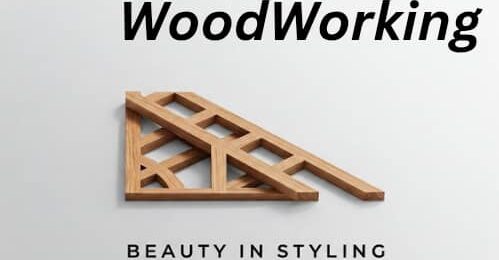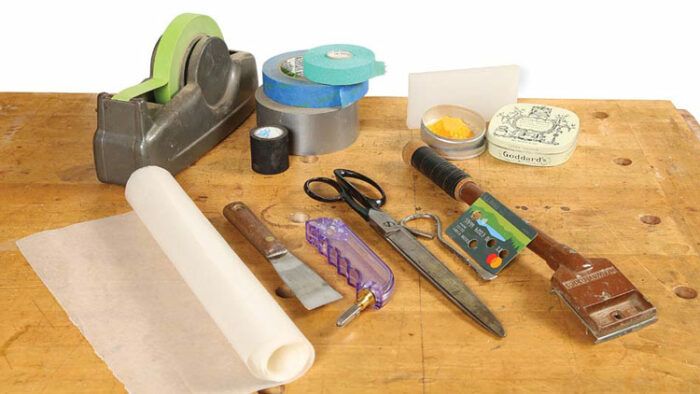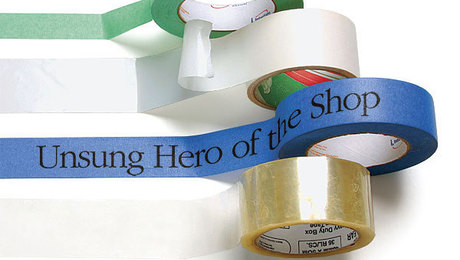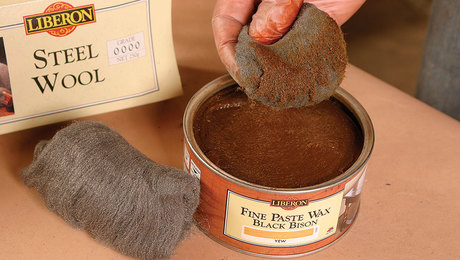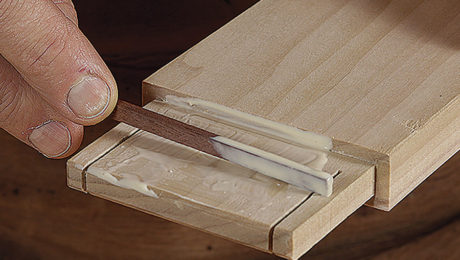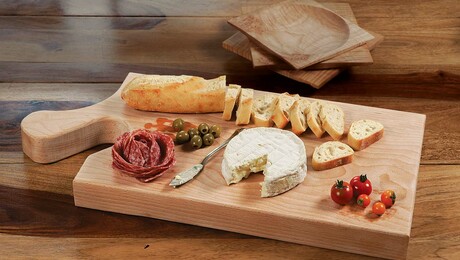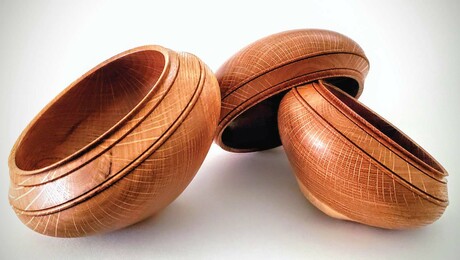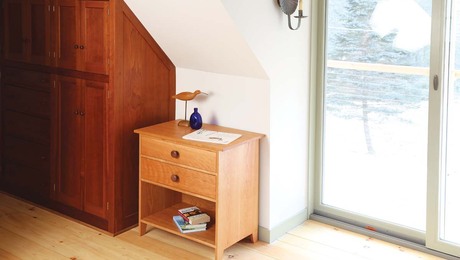Christian Becksvoort’s Essential Non-Woodworking Tools
I have a variety of tools in my shop that you won’t find in a woodworking catalog or on the average woodworking website. Most migrated from my house, since they are as useful there as they are in my shop. They were soon needed back in the house, however, so I’ve duplicated all these items in my shop because I found myself reaching for them over and over.
Waxing poetic
The most useful non-woodworking material is wax. A slab of paraffin wax will last decades when used to ease friction on table-saw tops, jointer tables, planer tables, miter-gauge tracks, hand-plane bottoms, and along wooden sacrificial fences. For easing screws into hardwood, I prefer beeswax—actually, honeycomb wax sheets because they are easy to store and use, and one rolled candle has lasted me over two decades. Break off a tiny piece, roll it into a ball, and apply it to the screw tip. Finally, paste wax can be used to lubricate table-saw gears without attracting dust.
I don’t use wax on the outside surfaces of furniture; wax encourages heat rings from hot beverage cups. I do use wax on interior surfaces, however; scented waxes are a plus there.
I also use wax wherever a drawer makes contact with its cabinet: runners, kickers, cabinet sides; and drawer bottoms, sides, and tops. The combination of a perfect fit and paste wax is as good as metal glides.
Taping tips
Tape is invaluable in woodworking, and there are many different types that come in handy for a myriad of situations: duct tape, blue tape, green tape, mesh tape.
Duct tape can be used for a variety of quick fixes, whether they are intended to be temporary or permanent. It is sticky and uniquely strong. Got a cracked mallet handle? Duct tape. Want to attach a vacuum hose to your router? Duct tape.
I use blue tape for layouts, labeling, and even as a depth stop on some operations. Blue tape is relatively inexpensive and gets used a lot in my shop.
Green tape is a bit pricier but much stronger and stretchier, so I use it as a clamp when I’m edging plywood with solid wood and when I’m gluing up mitered frames or boxes.
I also use Flexx-Rap when hand-sanding. It’s a mesh tape coated with latex that sticks only to itself. It’s great for wrapping fingers when you’re sanding moldings or end grain—no more hot fingers or blisters.
Gluing gadgets
When it comes to gluing, there are a few items that have become indispensable in my routine. They are all inexpensive or free, easy to use, and make gluing tasks a breeze. I always have a putty knife, paint scraper, wax paper, and a few old credit cards close at hand.
 |
 |
Putty knives can be used for applying filler and plastic wood, heated for applying stick shellac, and used to scrape up partially dried glue. There is always a paint scraper on my glue-up bench. It makes quick work of removing dried glue, can level uneven spots in poor glue-ups, and can scrape away stains and surface defects. Wax paper is good for more than sandwiches. When doing small glue-ups, throw a piece of wax paper under the work. Glue won’t stick to it, and it will protect the surface.
Old credit cards—with the name and numbers scratched off, of course—have a few uses in my shop. They are wonderful glue spreaders. I simply squeeze glue across the work and then use a credit card to spread it evenly and quickly. I also use credit cards as spacers under clamps to elevate the clamps just slightly off the wood.
Pry those cans open
Every toolbox needs a paint can opener. Yes, you can use a screwdriver to open paint cans, but the loop end openers, especially the older ones with the wider curved ends, fit under the lip of a can lid with less deformation of the lid. When you put the lid back on, it will seal tighter and the contents will be preserved better. In addition, you can use the loop end to pry off bottle caps.
Custom glass-cutting
Glass cutters may or may not find use in your shop. I frequently make glass doors and always have a big sheet of glass around that needs cutting. If you use a fair amount of glass in your work, you’ll want a cutter; otherwise, you can just head for the hardware store and get your glass cut for you. It is more expensive and time-consuming to farm out your glass-cutting, though.
Scissor hands
A good pair of scissors is essential. I make a fair number of patterns from manila file folders—for anything from curves, small parts, and different-size objects—and I cut them all with scissors. This is much faster and less wasteful than using wood for patterns. Most old-fashioned, all-metal scissors will do, as will the newer ones with more-comfortable plastic handles. I find an 8-in. pair to be a good size. Keep your scissors sharp to ensure clean, precise cuts.
Contributing editor Christian Becksvoort is a semi-retired woodworker in New Gloucester, Maine.
Fine Woodworking Recommended Products
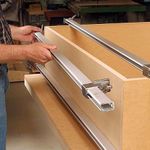
Dubuque Clamp Works Bar Clamps – 4 pack
These clamps are as premium as their price is, but they’re worth every penny. A few staffers have a small collection and they’re almost always the first clamp they reach for.
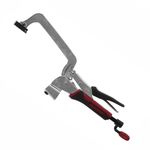
Milescraft 4007 6in Bench Clamp
These 6 inch clamps slide into a T-track, making an excellent solution for quick and repeatable workholding.
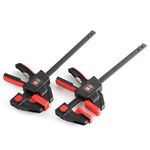
Bessey EKH Trigger Clamps
Bessey EKH series quick-release trigger-style clamps are simple to use and maintain consistent pressure. Trigger clamps that perform the way you’ve always wished they would!
Sign up for eletters today and get the latest techniques and how-to from Fine Woodworking, plus special offers.
Download FREE PDF
when you enter your email address below.
